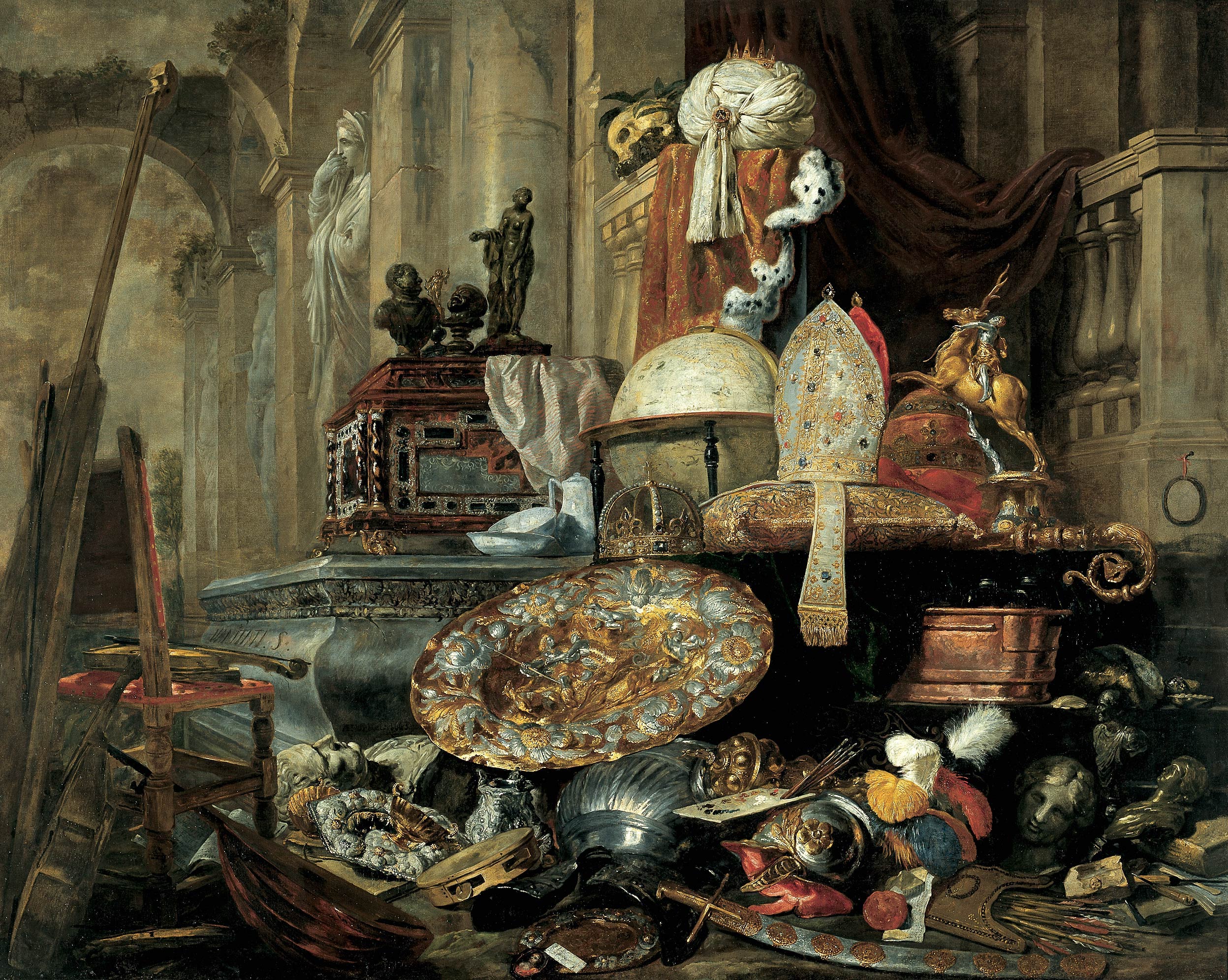
“The most beautiful experience we can have is the mysterious. It is the fundamental emotion that stands at the cradle of true art and true science. Whoever does not know it and can no longer wonder, no longer marvel, is as good as dead, and his eyes are dimmed.”
Albert Einstein wrote the above in a 1931 essay entitled “The world as I see it.” Einstein went on to characterize the experience of mystery as “a knowledge of the existence of something we cannot penetrate, our perceptions of the profoundest reason and the most radiant beauty, which only in their most primitive forms are accessible to our minds: it is this knowledge and this emotion that constitute true religiosity.”
Einstein stood in awe of the ordered cosmos revealed by the scientific enterprise and was humbled by his “attempt to understand even a tiny portion of the Reason that manifests itself in nature.” It is an attitude shared by many scientists. If only that same wonder and humility could remain at the center of our theological efforts to make sense of the cosmos given to us.
To keep to an Anglican theme, I was struck by the beauty and power of the recent Christmas sermon by the Bishop of London, Richard Chartres. It is a good message for a new year. While Bishop Chartres reminds his hearers that we live in a world experiencing great troubles, he draws us into the inexhaustible hope embodied in the Christmas story.
The story of Jesus is shot through with the paradox and mystery of God-become-human. As Saint Augustine put it so long ago in a Christmas sermon (number 191),
Man’s maker was made man, that He, Ruler of the stars, might nurse at His mother’s breast; that the Bread might hunger, the Fountain thirst, the Light sleep, the Way be tired on its journey; that the Truth might be accused of false witness, the Teacher be beaten with whips, the Foundation be suspended on wood; that Strength might grow weak; that the Healer might be wounded; that Life might die.
Bishop Chartres’ 2016 sermon made two points I would like to highlight here. First:
To give shape and meaning to life we need to inhabit narratives capacious enough to permit development and to accommodate new themes. Not only stories are needed but communities to inhabit them. We all need somewhere we belong and where membership gives us dignity and something to live up to.
Second, the sermon ends with this powerful reminder:
Christmas is the breaking through of a vision for this world and the world to come which embraces all other visions and which the greatest poet of the Christian West, Dante, saw and celebrated at the conclusion of his great poem, the Paradiso – “All the scattered leaves of the universe bound together in one volume by love”.
If the story of the incarnate Word in the Christ child is true, then wonder finds its origin and its completion in the eternal Word–the Logos, Reason behind all things–made visible to us in Jesus. The sharp specificity and particularity of Jesus’s life paradoxically uncovers for us the mystery of a cosmological whole, the transcendent and natural orders in which we participate. To see the face of God in the visage of Christ is to fill the whole of life–indeed the entire cosmos–with meaning of universal import. Those who follow the way of Christ need to bear witness to the beauty of that truth with humility and love, and always with wonder at the mystery and gift of being here at all. If we can do that, then science and faith can live together quite well.
Notes:
1. Portions of Einstein’s essay are available at a web exhibit on Einstein by the American Institute of Physics: http://history.aip.org/exhibits/einstein/essay.htm
2. Bishop Chartres’ Christmas sermon is available at http://www.london.anglican.org/articles/bishop-london-christmas-message-2016/

